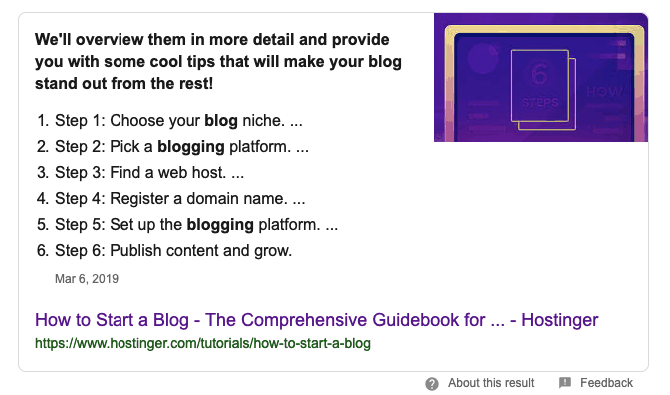For years, the inverted pyramid structure in writing has been widely used in mass media. The primary goal of the inverted pyramid is to write down the most critical information on the “top” of the article. What follows next is additional information, that provides more details about the topic. In this article, you will learn how the inverted pyramid method is beneficial for writing blog content.
Inverted Pyramid in Content Writing
While the inverted pyramid originates from journalism, it’s a great structure for online articles. How so?
When people read blog posts or articles online, they don’t actually read every word – they skim. Meaning, that readers only look for information that answers their question.
The inverted pyramid method helps to create compelling and information-rich content. You start your article with the most important details and provide additional data later on.
By doing that, you’ll immediately captivate your reader’s focus. What is more, the inverted pyramid method helps you to keep content brief, engaging and informative – which is all important in blog content creation.
How Does the Inverted Pyramid Work?
The inverted pyramid structure works from its decreasing order of importance. The main point of your article is presented up in the front section, and the less crucial detail goes after it.
To put it simply, first you need to know what the readers need to know, followed by the information that is nice to know.
Here’s how to do it:
1. Start With the Lead
In writing the lead paragraph, you have to carefully identify your key points and secondary information. The key points should effectively summarize the secondary information that will follow.
As a result, if your readers stop reading in the first paragraph, they will still get the information they need.
So, start off with the statements you want to put emphasis on.
Example:
- “WordPress is the best CMS as it provides you with accessibility, supportability, functionality, and security advantages.”
2. Go Into Details
After writing the lead you should rank the secondary details. Prioritize the information which will attract the broadest audience. Then, write down the smaller details. Don’t forget to cut unnecessary information out.
To keep your readers attention, start each paragraph with the main point.
Provide a main key point in each paragraph; summarize the main point in a few sentences and elaborate on it later on in greater detail.
Examples:
- “WordPress provides comfortable accessibility. It <…>”
- “WordPress is leading on its supportability. It <…>”
- “WordPress possesses outstanding functionality. It <…>”
- “WordPress has the finest security. It <…>”
3. Provide More Context
What follows next, is providing additional information, that supports your earlier statements and generally is just useful to know.
Example:
- “Until today, WordPress has been widely used since its first emergence by the early 2000s.”
How Does the Inverted Pyramid Help with SEO?
If you write the article well, you can get a featured snippet on Google. For this, you need to answer questions related to your keywords. For example, if your keyword is “best CMS”, the question could be “What is the best CMS of 2019?”
Then, you only need to follow these principles!
1. Answer the Main “Question” of Your Article
Start off with strong statemets answering the main question of your article. These statements are your lead.
Example:
- “WordPress is the Best CMS of 2019 because of its robust plugins, ease of content management, and reliable security system.”
2. Provide Details About the Topic
Provide details that will further convince your readers. In other words, share information that backs up your statements.
Examples:
- “WordPress provides robust plugins that you might need to enhance your site performance, …” (give the data or example, then explain)
- “It offers user-friendly content management, as it …” (explain the reasons and the data)
- “It gives full security system, as it …” (explain the reason and provide the example)
3. Address Related Questions
By answering related questions you will get more chances to get a Google snippet and will provide more relevant information to your audience.
Examples:
- “Want to learn more about WordPress?”
- “Is WordPress the best CMS for beginners?”
- “What are the best most popular plugins for WordPress?”
Keeping all this in mind, your content has to be rich with useful information and have overall good SEO: meta descriptions, alt tags, etc.
This combo – writing using inverted pyramid style and applying SEO principle – can surely help you to get a featured snippet on Google.
Conclusion
When writing online content, it’s important to remember that people don’t fully read articles – they skim.
So, applying the inverted pyramid method is highly beneficial. Your readers will find their answers quicker, with less effort, thus will more likely become loyal subscribers.
This article has given you the structure of writing using inverted pyramid:
- Start with the lead
- Go into details
- Provide more context
But, to work best with SEO principle and get a featured snippet on Google, the structure goes this way:
- The lead is the answer to the main question of your article
- Provide details about the topic
- Address related questions
See how does this style systematically handle the information? You should try this!









